

The Sita Mata wildlife sanctuary is a beautiful pious place popular for its rich vegetation. This place contains a wide variety of plant species and medical herbs along with rare species of wildlife. In this sanctuary, five rivers flow along with other water bodies. Birds have added attraction to this place. Numerous bird species along with migratory birds visit this sanctuary. There is a popular belief that in ancient times Valmiki Maharishi ashram was located here. Where goddess Sita Devi, wife of Lord Rama gave birth to her two sons Lava and Kusa. There is a Sita Devi temple inside the sanctuary. Therefore, many devotees visit this sanctuary to worship the goddess. In fact, this sanctuary is believed to be connected with the goddess Sita. Therefore the deity name is given to the sanctuary.
The historic importance of this place is a few stones identified by the archaeologists. That has the animal painting of prehistoric events attracts tourists. The sanctuary is located in the Pratapgarh and Chittorgarh districts of Rajasthan. Hence the nearest airport to the sanctuary is Udaipur. Whereas the railway station in Mandsaur. Whereas from here one can choose the mode of transport based on one’s convenience.
Flora and Fauna
It is the only forest region, where more than half the trees are the valuable teak. More to mention are Salar or Boswellia Serrata Rox, Tendu or Diospyros melonoxy Roxb., Bad or Ficus bengalensis, Peepal or Ficus Religiosa Linn., Babool or acacia arabica, Neem or Azadiracta Indica, Arinja or Acasia leucophea, Siras, Churail, Kachnar, Gulmohar, Amaltas, Bakayan, Ashok, Mahua, Semal, Goondi, Khejadi, Kumta or acacia rupesris, Amla, bamboo, Sindoor, chironjee, Rudraksha” and Bel trees are also found in abundance in Sita Mata Wildlife Sanctuary. There are infinite numbers of climbers and shrubs make the place a worth visit. Out of 108 varieties of high value medicinal herbs, 17 belong to the rare species that are found here.
Sita Mata Wildlife Sanctuary is a perfect home to the birds. You can see the little grebe, little cormorant, Indian darter or the Snake bird, Gray Heron, Pond heron, cattle egret, little egret, painted stork, white necked stork, spoonbill, lesser whistling thrush, Rubby shelduck, Pintail, cotton teal, spotbill, Nukta, Parah kite, shikra, white eyed buzzard, king vulture, white backed vulture, Tawny eagle, white scavenger vulture, Eastrel, Black partridge, Rain Quail, Jungle bush quail, Indian peafowl, Saras crane, White breasted water hen, Moorhen, Purple moorhen, common coot, pheasant tailed jacana, Red vettled lapwing, Red shank, wood sandpiper, common sandpiper, Little stint, Black winged stilt, stone curlew, Indian courser, River tern, common sand grouse, Green pigeon, Blue rock pigeon, Red turtle dove, Indian ring dove, spotted dove, little brown dove and many others.
Among the wildlife species you can watch Chousingha or the four-horned antelope, Caracal, wild boar, pangolin, leopard, hyena, jackal, fox, jungle cat, porcupine, spotted deer, wild bear, and neelgai are other animals found here.
How to Reach Sita Mata Wildlife Sanctuary
Sita Mata Wildlife Sanctuary is located in Pratapgarh District of Rajasthan about 45km from Pratapgarh City.
By Air : Udaipur Airport is the nearest airport to the park.
By Rail : Mandsaur Railway Station in Madhya Pradesh is the nearest station to Pratapgarh about 28km away while Chttorgarh Railway is the nearest in Rajasthan about 110 km away.
By Road : Daily bus services connect pratapgarh with Chittorgarh (110 km), Banswara (85 km), Udaipur (165 km), Dungarpur (195 km), Rajsamand (133 km), Jodhpur (435 km), Jaipur (432 km) in Rajasthan; Ratlam (85 km), Mandsaur (32 km) in M.P. and Delhi (705 km).
Monuments in Chittorgarh resonates with stories of Rajputana bravery, pride and passion. The bards of Rajasthan sing tales of courage and sacrifice recounting stories that are known to every child and adult in the city. Chittorgarh is named after its most imposing structure, the Chittorgarh Fort which stands atop a 180 metre high hill and is spread across 700 acres. Chittorgarh Fort has had a tumultuous past. This bastion of the Rajputs has faced violent attacks thrice in its entire history. The first was in 1303 when the Sultan of Delhi, Ala-ud-din Khilji, who was enamoured by Queen Padmini, launched an attack to abduct her. More than two centuries later, in 1533, it was Bahadur Shah, the Sultan of Gujarat, who caused immense destruction. Four decades later, in 1568, Mughal Emperor Akbar attacked and seized the fort. It was finally in 1616, under the rule of Mughal Emperor Jahangir that the fort was returned to the Rajputs.
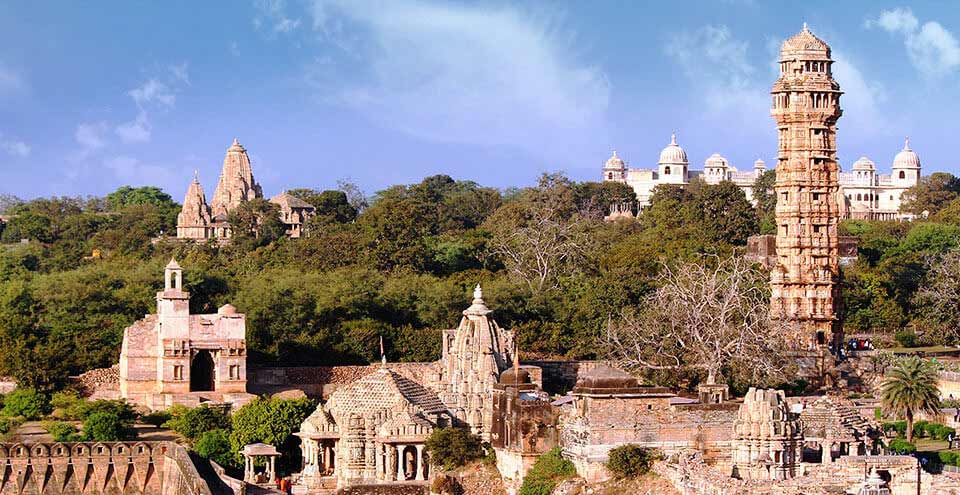
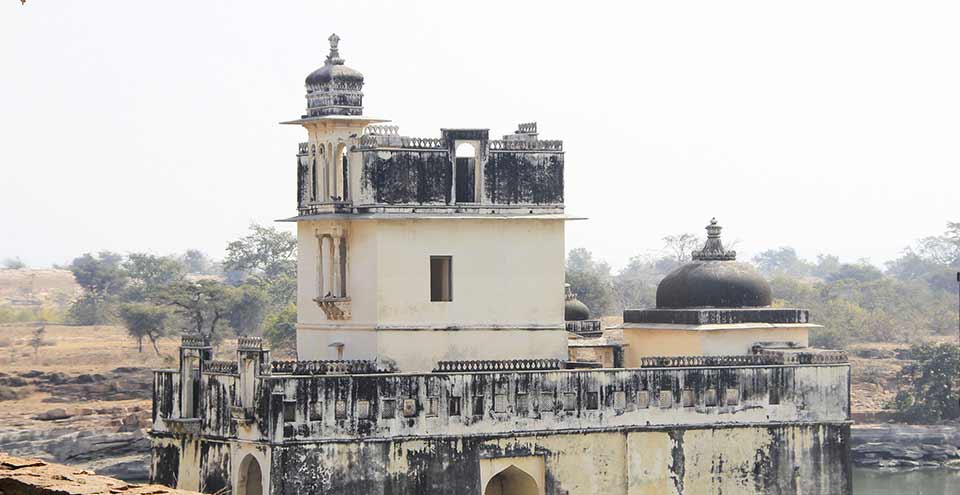
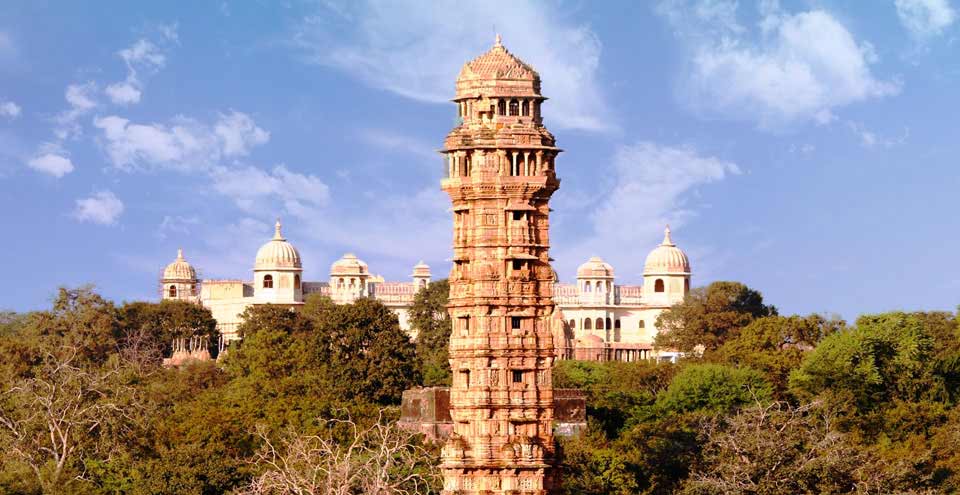
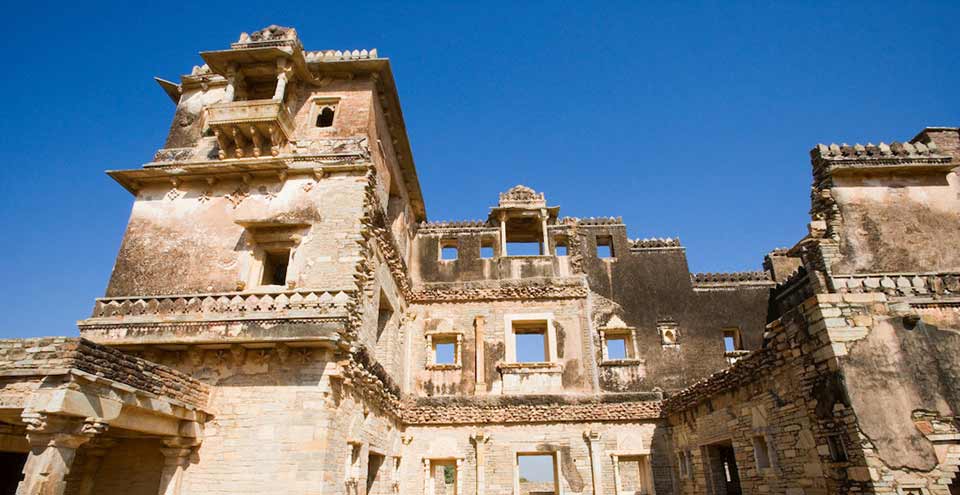
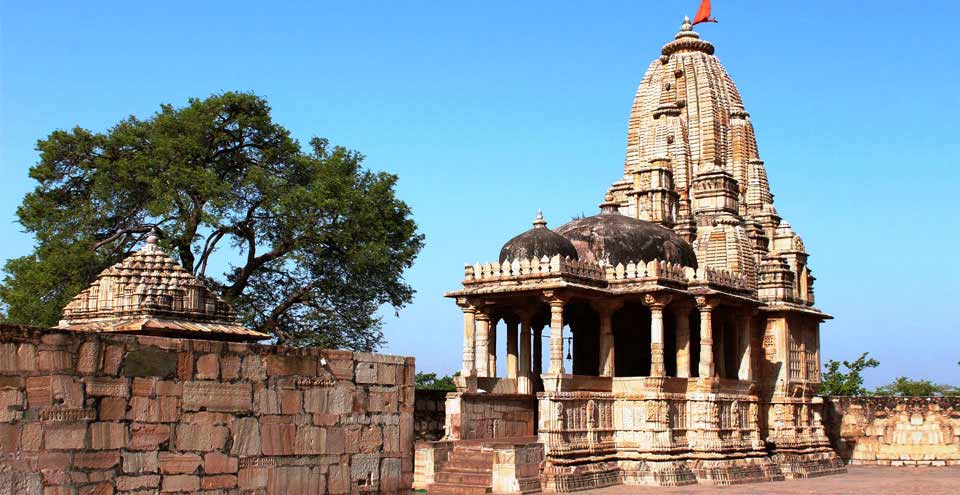
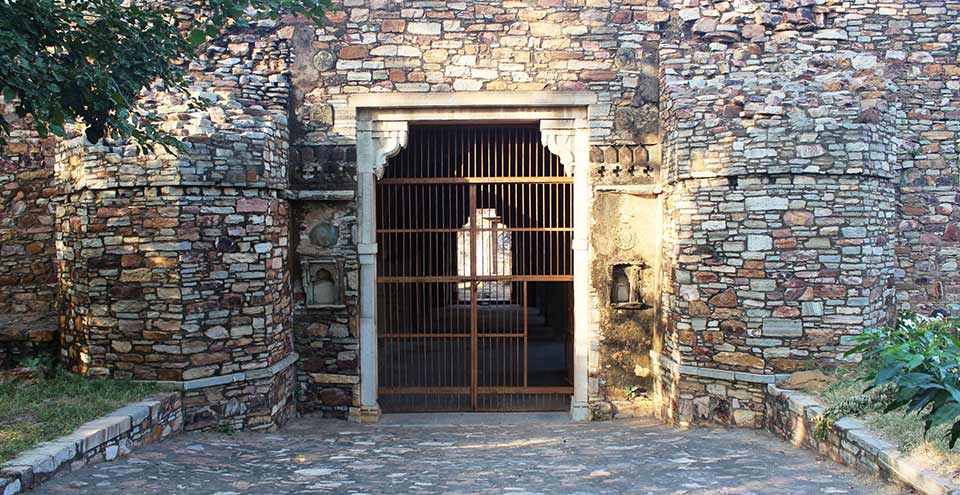
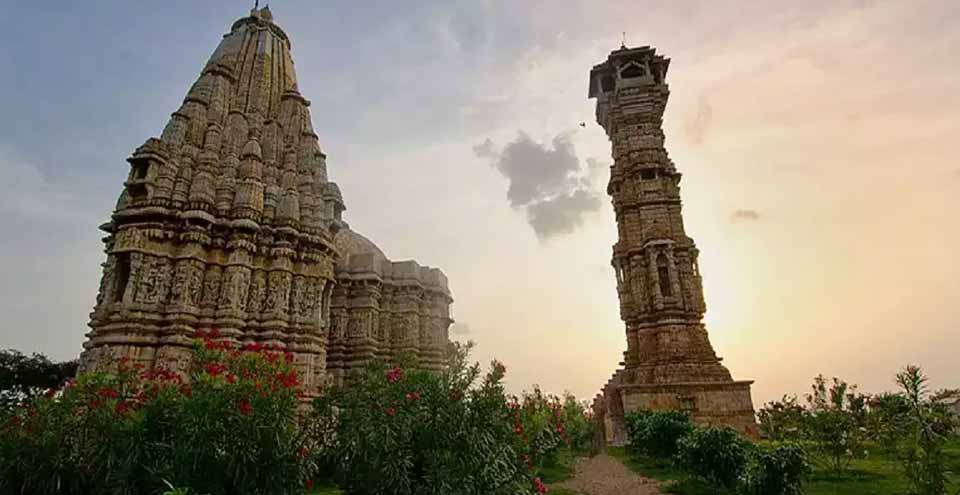
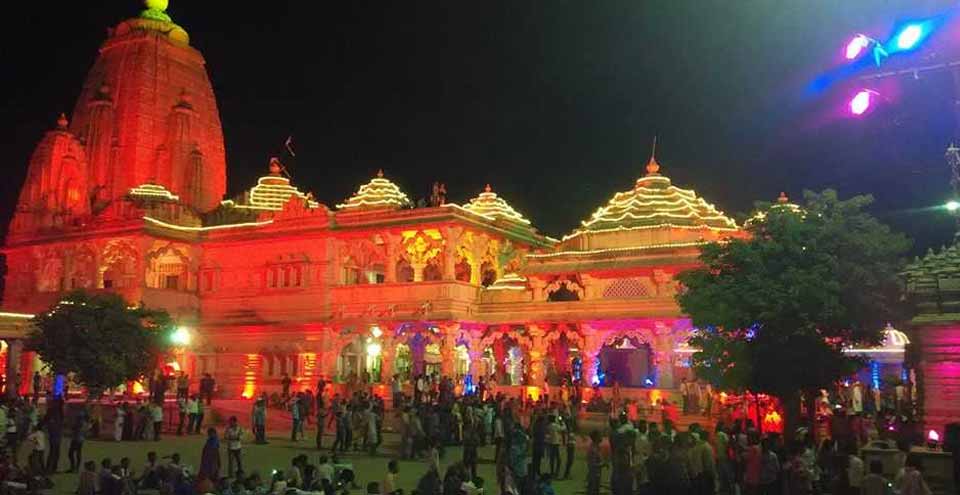
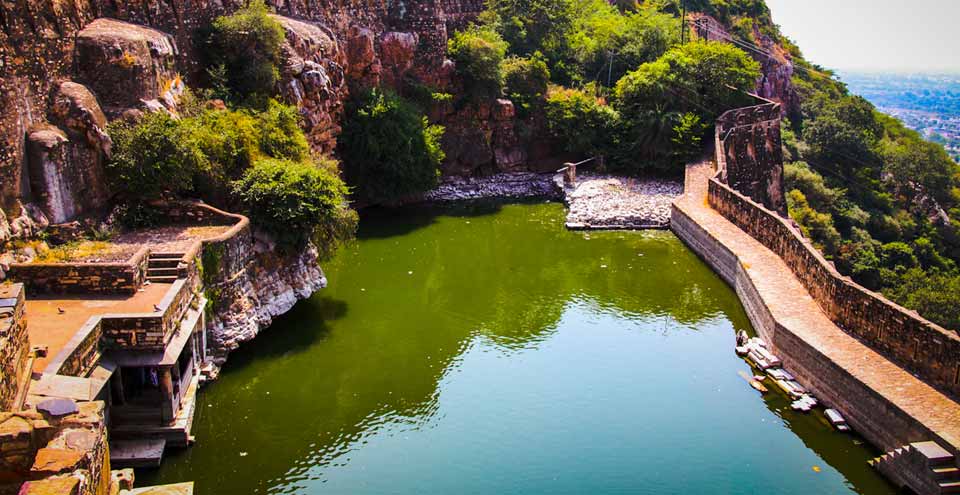
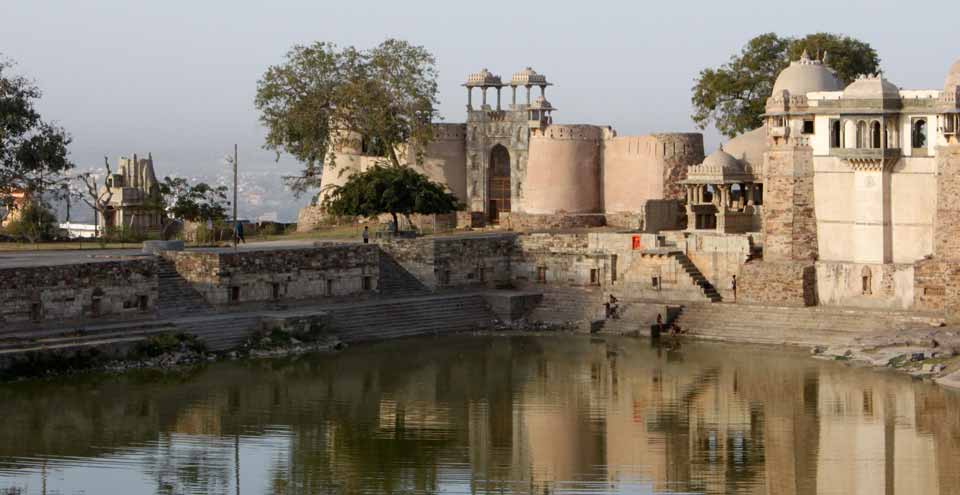
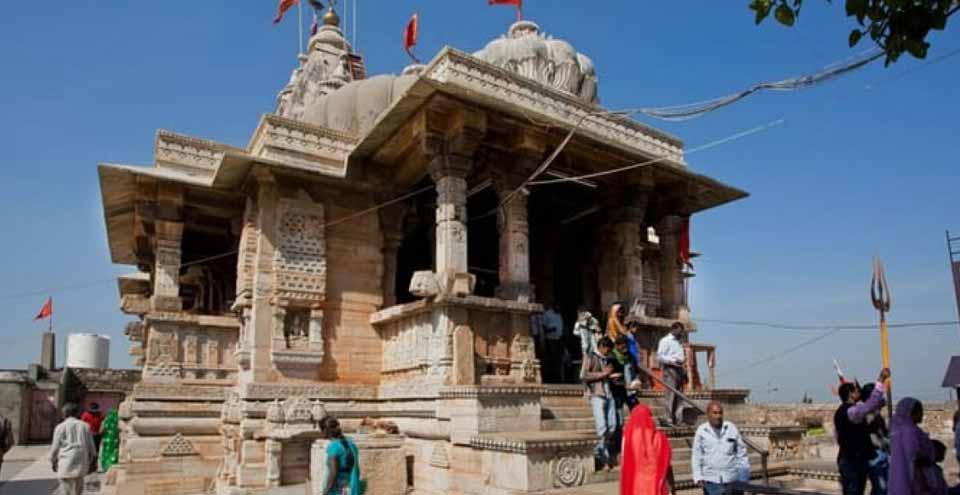
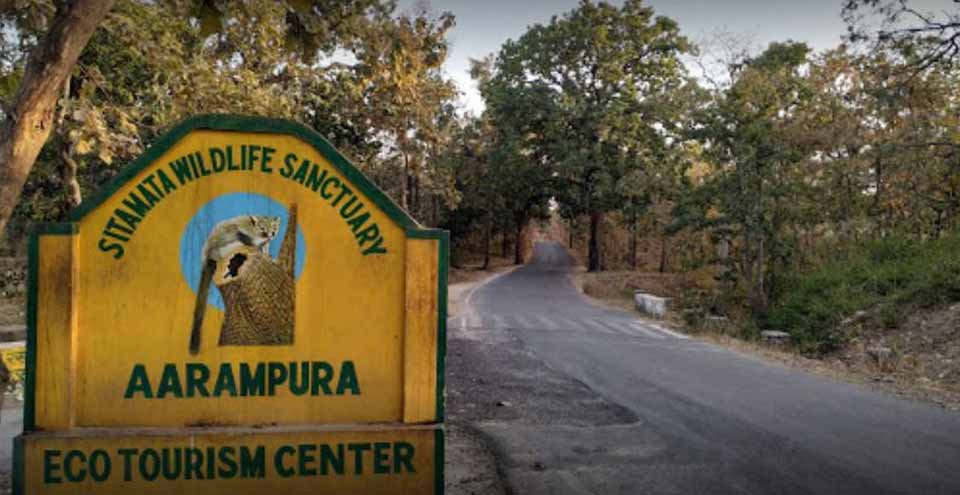
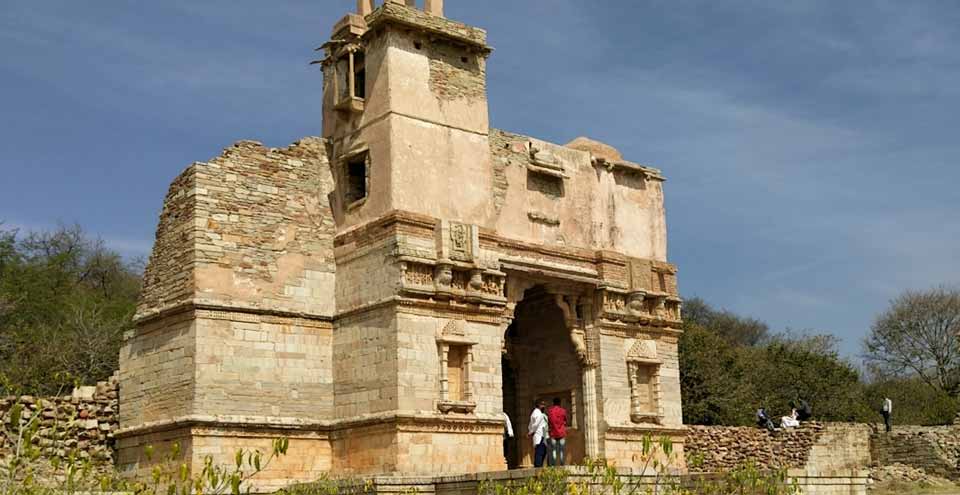
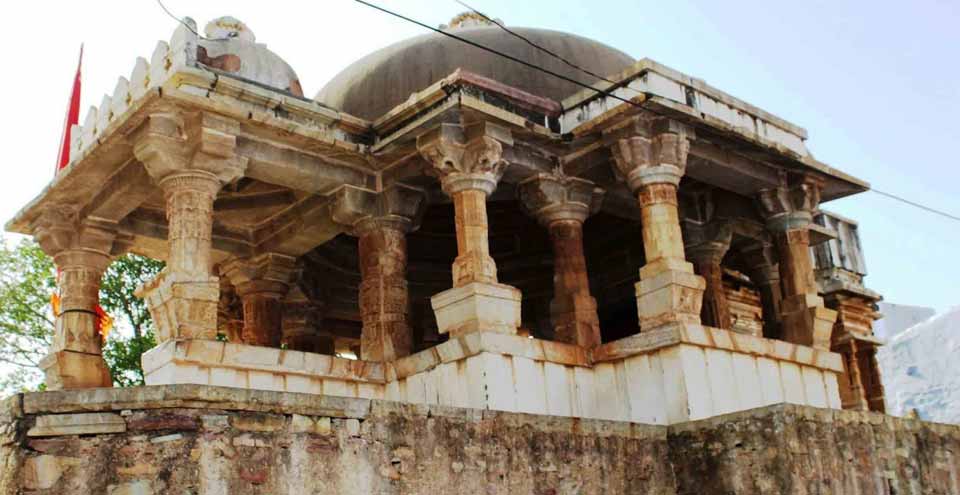
Chittorgarh is known for a number of forts and palaces with historical significance. Chittorgarh tour packages are in great demand as large numbers of tourists wish to explore of a number of attractions in the city. These tour packages comfortably take the tourists to a number of famous places in town.
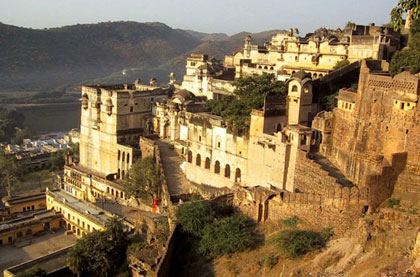
Duration : 04 Nights / 05 Days
Destination Covered : Kota - Bundi - Chittorgarh
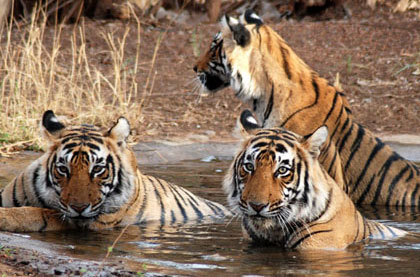
Duration : 04 Nights / 05 Days
Destination Covered : Jaipur - Ranthambore - Chittorgarh - Udaipur
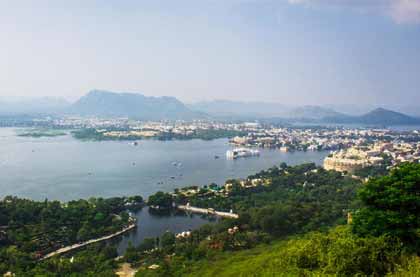
Duration : 04 Nights / 05 Days
Destination : Ranthambhore, Bundi, Chittorgarh, Udaipur, Ranakpur, Jodhpur
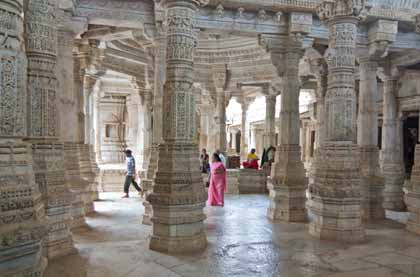
Duration : 08 Nights / 09 Days
Destination : Jaipur, Ranthambore, Chittorgarh, Udaipur, Ranakpur, Jodhpur, Jaisalmer
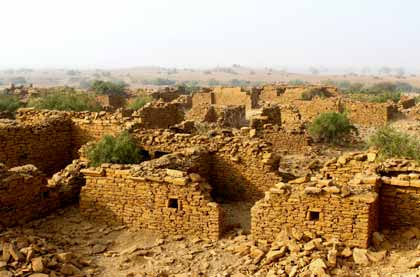
Duration : 07 Nights / 08 Days
Destination : Jaipur, Pushkar, Chittorgarh, Udaipur, Jodhpur, Jaisalmer/Desert
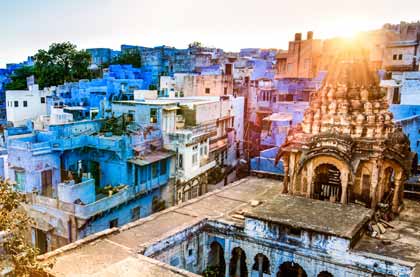
Duration : 07 Nights / 08 Days
Destination : Jaipur, Chittorgarh, Udaipur, Kumbhakgarh, Ranakpur, Jodhpur, Jaisalmer
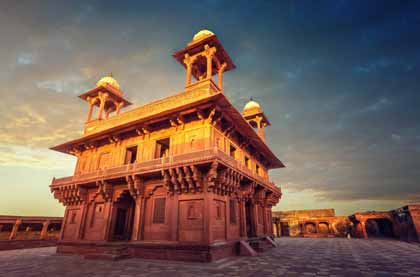
Duration : 08 Nights / 09 Days
Destination : Jodhpur, Ranakpur, Udaipur, Chittorgarh, Jaipur, Fatehpur Sikri, Agra, Delhi
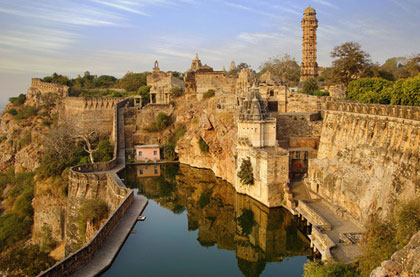
Duration : 13 Days / 12 Nights
Destination : Delhi, Mandawa, Bikaner, Jaisalmer, Jodhpur, Mountabu, Ranakpur, Udaipur, Chittorgarh, Pushkar